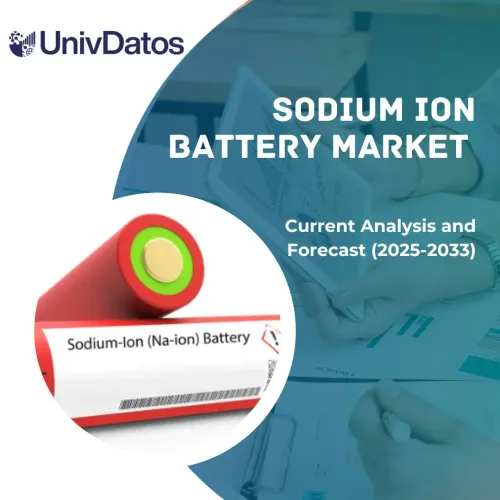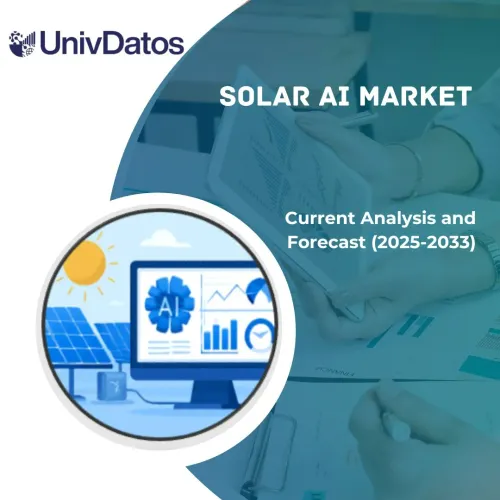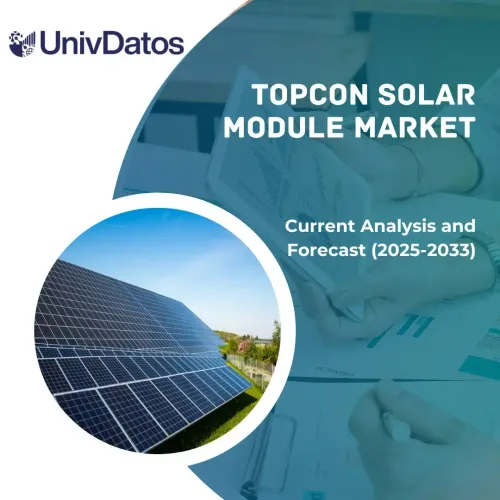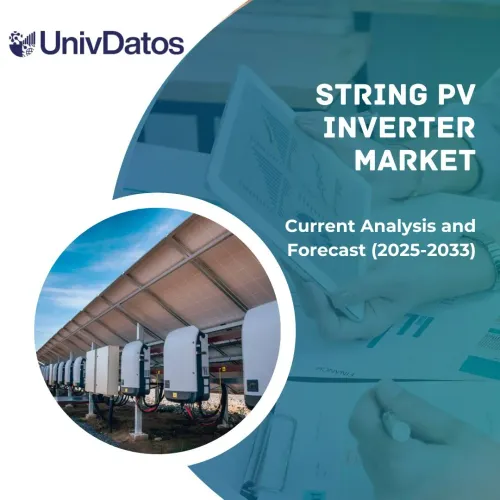- Home
- About Us
- Industry
- Services
- Reading
- Contact Us
Bioenergy Market: Current Analysis and Forecast (2021-2027)
Emphasis on Product Type (Solid Biomass, Liquid Biofuels, Biogas, Other); Feedstock (Agricultural Waste, Wood & Woody Biomass, Solid Waste, Others); Application (Power Generation, Heat Generation, Transportation, Others); Region and Country
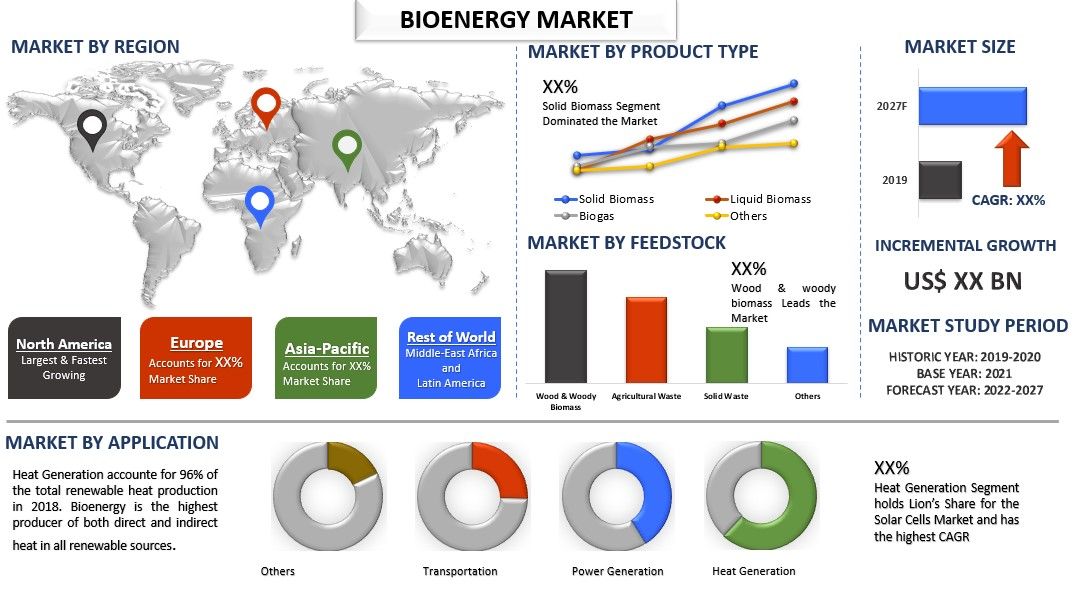
Bioenergy Market is expected to exceed US$ 600 billion by 2027 with a CAGR of over 8% over the forecast period (2021-2027). Bioenergy is a renewable source of energy derived from organics materials known as biomass. It can be used to produce energy for heat, electricity, transportation, and products. The energy generated from biomass is known as bioenergy. Biomass when used as an energy source is called feedstock and can range from plants and timber to food an agricultural waste and even sewage. Dry combustible feedstocks like wood pellets are burnt in furnaces or boilers, which boils water that creates steam and drives a turbine to create electricity. Carbon Dioxide is released when burning biomass. However, the net carbon release is balanced as same amount of carbon dioxide is released which was absorbed when growing organic matter. Thus, the carbon cycle is balanced. Where fossil fuels release carbon dioxide that been locked away since millions of years which disrupts the Earth’s current carbon balance. The sustainability of bioenergy can be best analyzed by distinguishing whether waste feedstocks or energy crops are being used.
Key factors influencing the growth of the biomass market include is wide availability as a renewable source of energy as the organic materials used to produce biomass are easily available whereas in the case of other renewable sources it is hard to rely on their constant availability. Biomass is produced from organic material/waste that would usually rot and produce CO2 and even methane (a greenhouse gas 21 times more potent than CO2). Therefore, bioenergy is not only sustainable but decreases the CO2 that would have been produced anyways. Furthermore, manufacturers are making an added revenue by producing bioenergy from their leftover waste. This also reduces the garbage dumped in landfills by 60-90% and reduces the cost of landfill disposal. Moreover, the world population is expected to increase to 8 or even to 10.5 billion by 2050 which will increase the need for energy consumption and to respond to this growing demand natural resources need to be used more efficiently and thus the needed switch to biofuels.
Total Primary Energy Supply of Renewables Globally (EJ), 2000-2018
Enexor Energy, Lignetics, Green Plains Inc., Enviva, Enerkem, POET, Drax Group, Pacific BioEnergy Corp, EnviTec Biogas AG, and MVV Energie AG are some of the prominent players operating in the Bioenergy market. Several M&As along with partnerships have been undertaken by these players to facilitate customers with hi-tech and innovative products/technologies.
Insights Presented in the Report
“Amongst Product Type, Solid biomass segment holds the major share”
Based on Product Type, the market is segmented into Solid Biomass, Liquid Biofuels, Biogas, Others. Amongst product type, the solid biomass segment of the bioenergy market was valued at USD$ XX billion in 2020 and is likely to reach US$ XX billion by 2027 growing at a CAGR of XX% from 2021-2027. Biomass is a renewable organic material produced from plants and animals. Till the mid-1800s, biomass was the largest source of total annual energy consumption in the United States. Using biomass instead of fossil fuels has avoided CO2 emission in many countries. In 2020, 5 quadrillion British thermal units (Btu) and about 5% of the total energy was provided using Biomass in the United States.
“Amongst Feedstock, Wood & Woody Biomass Segment holds the major share”
Based on feedstock, the bioenergy market is segmented into agricultural waste, wood & woody biomass, solid waste, and others. Amongst feedstock, wood and woody biomass segment accounted for a market valuation of US$ XX billion in 2020 and is expected to reach US$ XX billion by the year 2027, at a CAGR of XX% over the analyzed period. Woody biomass consists of trees, bark, trunks, branches etc. These have a high lignin content which produces large amount of heat and is also used in grid electricity production. In 2018, 2% of the total energy consumption in the United States was from wood and woody biomass waste. Energy from wood can be acquired by directly burning the wood or one can burn the wood in a mixture of wood, coal, and other fuel sources. Indirect methods include deriving energy by thermal or chemical conversion processes.
“Amongst Application, Heat Generation Segment holds the major share”
Based on application, the bioenergy market is segmented into Power Generation, Heat Generation, Transportation, and Others. The heat generation segment generated revenue of US$ XX billion in 2020 and is expected to grow at a CAGR of XX% during the forecast period to reach a market valuation of US$ XX billion by 2027F. Biofuels are high in heat content and are most used for the generation of heat, which makes it the fastest growing segment. In Europe, use of bioenergy for heat is expected to rise by 8% by 2023 reaching 3.5 exajoules (EJ). The European Union used more than 15 million tons of wood pellets for heating in 2018. Renewable biomass is converted into heat by 3 processes, bacterial decay, burning and conversion to liquid or gas fuel.
“North America represents one of the largest markets of Bioenergy market”
For a better understanding of the market dynamics of the Bioenergy market, a detailed analysis was conducted for different regions across the globe including North America (the U.S, Canada, and the Rest of North America), Europe (Germany, France, Italy, United Kingdom, Spain, and Rest of Europe), Asia-Pacific (China, Japan, India, Australia, and Rest of APAC) and Rest of the World. The U.S. dominated the market and grabbed around XX% market share owing to the increasing awareness about renewable energy in the region.
Reasons to buy this report:
- The study includes market sizing and forecasting analysis validated by authenticated key industry experts
- The report presents a quick review of overall industry performance at one glance
- The report covers an in-depth analysis of prominent industry peers with a primary focus on key business financials, product portfolio, expansion strategies, and recent developments
- Detailed examination of drivers, restraints, key trends, and opportunities prevailing in the industry
- The study comprehensively covers the market across different segments
- Deep dive regional level analysis of the industry
Customization Options:
Bioenergy market can further be customized as per the requirement or any other market segment. Besides this, UMI understands that you may have your own business needs, hence feel free to connect with us to get a report that completely suits your requirements.
Table of Content
Analyzing the historical market, estimation of the current market, and forecasting the future market of the Bioenergy market were the three major steps undertaken to create and analyze the adoption of Bioenergy in major regions globally. Exhaustive secondary research was conducted to collect the historical market numbers and estimate the current market size. Secondly, to validate these insights, numerous findings and assumptions were taken into consideration. Moreover, exhaustive primary interviews were also conducted, with industry experts across the value chain of the Bioenergy market. Post assumption and validation of market numbers through primary interviews, we employed a top-down/bottom-up approach to forecasting the complete market size. Thereafter, market breakdown and data triangulation methods were adopted to estimate and analyze the market size of segments and sub-segments the industry pertains to. Detailed methodology is explained below:
Analysis of Historical Market Size
Step 1: In-Depth Study of Secondary Sources:
Detail secondary study was conducted to obtain the historical market size of the Bioenergy through company internal sources such as annual report & financial statements, performance presentations, press releases, etc., and external sources including journals, news & articles, government publications, competitor publications, sector reports, third-party database, and other credible publications.
Step 2: Market Segmentation:
After obtaining the historical market size of the Bioenergy market, we conducted a detailed secondary analysis to gather historical market insights and share for different segments & sub-segments for major regions. Major segments included in the report as product type, feedstock, and application. Further country-level analyses were conducted to evaluate the overall adoption of bioenergy in that region.
Step 3: Factor Analysis:
After acquiring the historical market size of different segments and sub-segments, we conducted a detailed factor analysis to estimate the current market size of Bioenergy. Further, we conducted factor analysis using dependent and independent variables such as increasing awareness about renewable sources and led wastage using bioenergy. A thorough analysis was conducted for demand and supply-side scenarios considering top partnerships, merger and acquisition, business expansion, and product launches in the Bioenergy sector across the globe.
Current Market Size Estimate & Forecast
Current Market Sizing: Based on actionable insights from the above 3 steps, we arrived at the current market size, key players in the Bioenergy market, and market shares of the segments. All the required percentage shares split, and market breakdowns were determined using the above-mentioned secondary approach and were verified through primary interviews.
Estimation & Forecasting: For market estimation and forecast, weights were assigned to different factors including drivers & trends, restraints, and opportunities available for the stakeholders. After analyzing these factors, relevant forecasting techniques i.e., top-down/bottom-up approach was applied to arrive at the market forecast about 2027 for different segments and subsegments across the major markets globally. The research methodology adopted to estimate the market size encompasses:
- The industry’s market size, in terms of value (US$) and the adoption rate of Bioenergy across the major markets domestically
- All percentage shares, splits, and breakdowns of market segments and sub-segments
- Key players in the Bioenergy market in terms of products offered. Also, the growth strategies adopted by these players to compete in the fast-growing market
Market Size and Share Validation
Primary Research: In-depth interviews were conducted with the Key Opinion Leaders (KOLs) including Top Level Executives (CXO/VPs, Sales Head, Marketing Head, Operational Head, and Regional Head, Country Head, etc.) across major regions. Primary research findings were then summarized, and statistical analysis was performed to prove the stated hypothesis. Inputs from primary research were consolidated with secondary findings, hence turning information into actionable insights.
Split of Primary Participants in Different Regions
Market Engineering
Data triangulation technique was employed to complete the overall market estimation and to arrive at precise statistical numbers of each segment and sub-segment of the Bioenergy market. Data was split into several segments & sub-segments post studying various parameters and trends in the areas of type and their type of the Bioenergy market.
The main objective of the Bioenergy Market Study
The current & future market trends of Bioenergy were pinpointed in the study. Investors can gain strategic insights to base their discretion for investments from the qualitative and quantitative analysis performed in the study. Current and future market trends were determined the overall attractiveness of the market at a regional level, providing a platform for the industrial participant to exploit the untapped market to benefit as a first-mover advantage. Other quantitative goals of the studies include:
- Analyze the current and forecast market size of Bioenergy in terms of value (US$). Also, analyze the current and forecast market size of different segments and sub-segments
- Segments in the study include areas of type and their subtypes
- Define and analysis of the regulatory framework for the Bioenergy industry
- Analyze the value chain involved with the presence of various intermediaries, along with analyzing customer and competitor behaviors of the industry
- Analyze the current and forecast market size of the Bioenergy market for the major region
- Major regions studied in the report include North America (the U.S, Canada, and Rest of North America), Europe (Germany, United Kingdom, France, Spain, Italy, and Rest of Europe), Asia-Pacific (China, Japan, India, Australia, and Others), and the Rest of the World
- Company profiles of the Bioenergy market and the growth strategies adopted by the market players to sustain in the fast-growing market
- Deep dive regional level analysis of the industry
Related Reports
Customers who bought this item also bought




